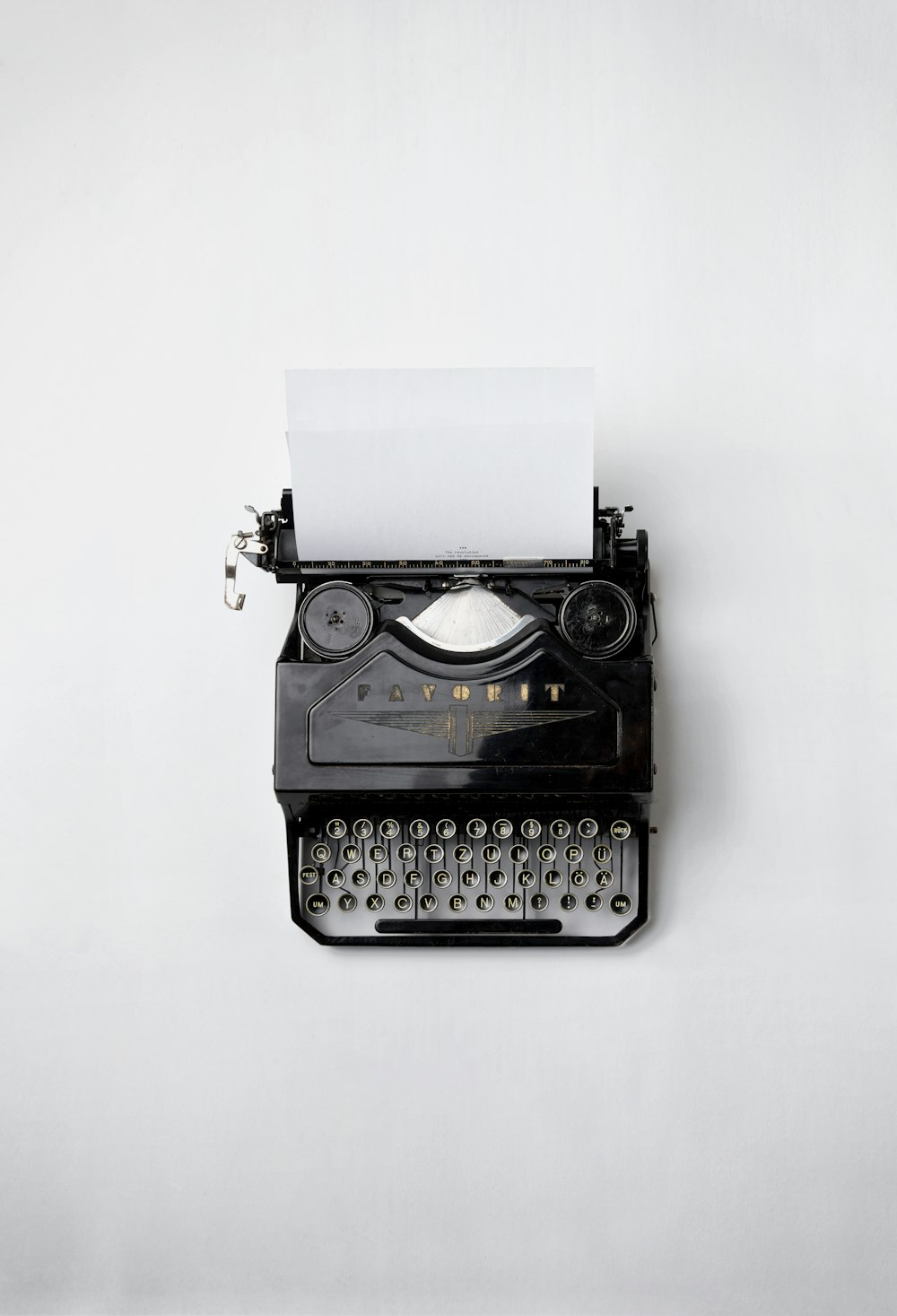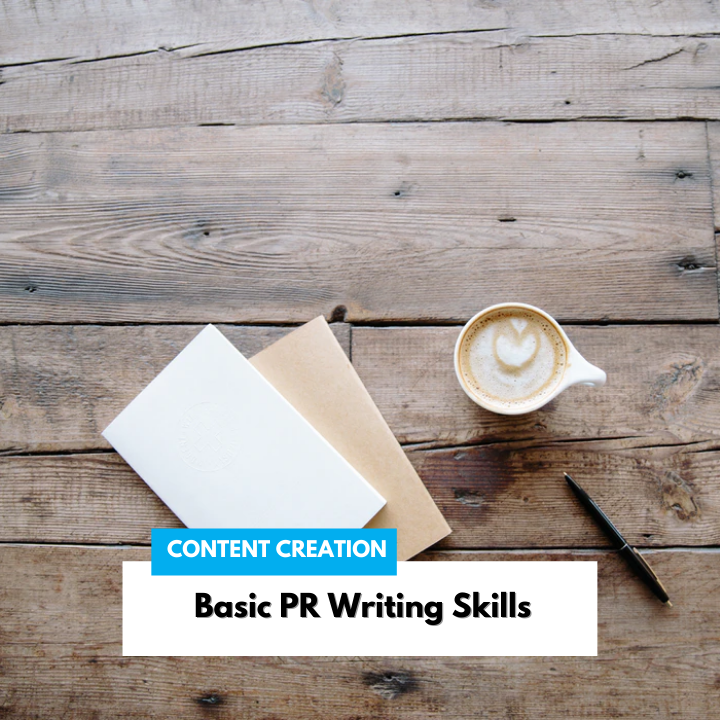One of the most common questions we get asked is how to write for PR purposes. In this blog we’ll walk you through the basic PR writing skills you need and how they can influence the way you come across to a range of different contacts.
When considering writing to a journalist, the number one rule is to think like a journalist. They are super busy, stretched people with a lot of pressure on them. They do not have time to sift through hundreds of potential stories, so make sure yours jumps out at them for all the right reasons!
Where to start? Consider that a writer will spend around 50% of their total writing time for a piece solely on the headline, this just goes to show the importance they hold! A good headline can ‘sell’ a story instantly so spend the time coming up with a killer headline (bonus tip: it might be easier to come up with your headline after you have written your piece). Also consider that the purpose of journalistic writing is simply to get the next line read. By grabbing a journalist’s attention straight away with a punchy headline, you can do that with much greater ease.
Now onto the key rules of PR writing, and how you incorporate these into a structure. The simplest way to remember what you need to cover in your story is the 5 Ws: Who, What, Where, When, Why.
1) Who – who am I talking about? This might be your company.
2) What – what am I saying? Perhaps your company has launched an innovative new product.
3) Where – where did this happen. Maybe this was at a virtual press launch.
4) When – when did this happen. That was held yesterday.
5) Why – why did this happen. In response to market demand and changed consumer behaviour and you have got some exclusive statistics to support the story.
Aim to check off the 5 Ws in your opening paragraph.

Now you can move onto How – how did this happen, a key part of explaining your angle.
Following the how, add some context around what this means, a quote from a relevant person and some supporting facts and your piece is complete. This formula really helps when you are struggling to know where to start with a blank sheet of paper!
The structure described is usually shown as the ‘inverted pyramid’ of PR writing. It illustrates the importance of each aspect of the piece based on its ability to help sell the story, as readers are more interested in the ‘what and how’ than a quote from the business for example.
Following this formula allows you to check that your piece ticks all of the boxes that a journalist will be looking for, as often they will pick a story based on whether they can publish it exactly as it comes, rather than spending precious time editing it.
For more tips on writing for PR, check out this blog here and download our comprehensive guide to PR for small business here. We love to hear from you! Let us know your tips and tricks for writing for PR at hello@adpr.co.uk or over on our social channels!





